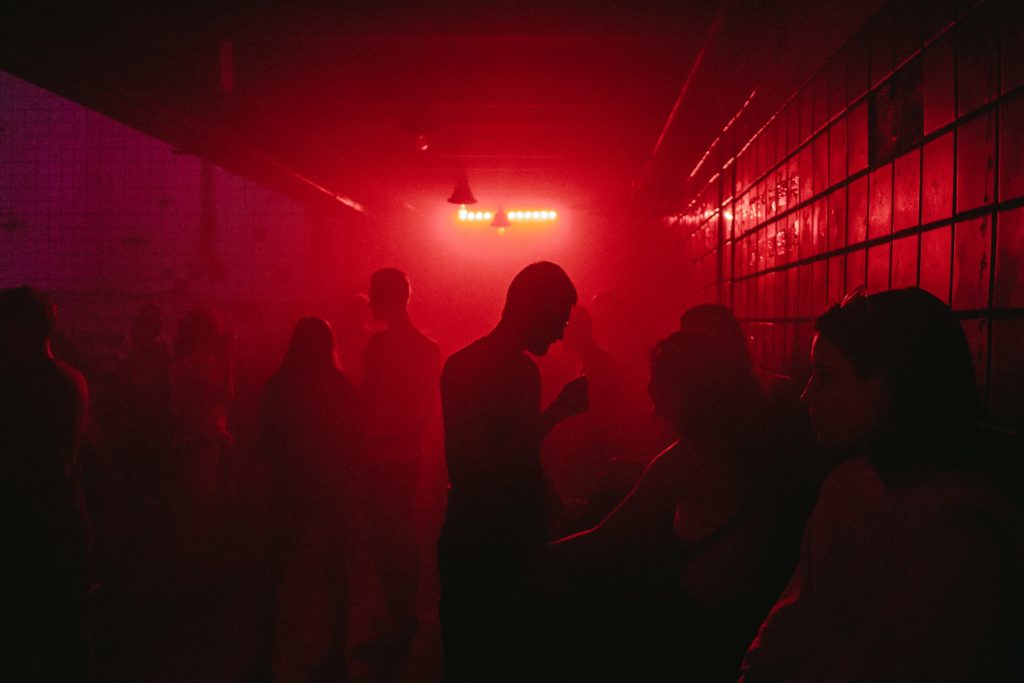
The bare minimum you need to know about naloxone
Over the last month, media outlets everywhere attempted to put the last decade into perspective—reflecting on the changes in our culture, political landscape, and beyond. Unfortunately, one of the stories that dominated the headlines through the latter half of the 2010s was the staggering toll caused by the opioid crisis. The Center for Disease Control reported over 47,000 deaths caused by opioids in 2017 and published a 2018 report that showed fentanyl had surpassed heroin as the drug most frequently involved in overdose deaths in the US. As the crisis has continued to impact communities across the country, a growing movement of musicians and venues has started to take the lead in the effort to create safe spaces in their local music scenes.
Enter NarCan, a nasal spray device that uses naloxone to counteract the effects of an opioid overdose. Two years after its approval by the FDA, it would get stocked in local pharmacies everywhere thanks to its easy-to-use method of delivering the antidote. Not only that, it carries a (relatively) low cost of $150 that’s covered by most insurance or Medicaid and is available without a prescription in most states.
Many in the music industry saw NarCan as the answer to how they could become more active in the fight against the opioid crisis. Last year, Sadie Dupuis of Philadelphia indie rock band Speedy Ortiz made headlines after announcing the band would be carrying NarCan with them on tour. In a feature from Billboard, Dupuis explained that she had lost several friends to overdoses in recent years and decided to get involved after suffering another loss in February of last year. Dupuis has been a fierce advocate and has previously used Speedy Ortiz tours to fund-raise for the Harm Reduction Coalition.
Since forming in the early 90s, the Harm Reduction Coalition has provided training sessions and advocated for eliminating discrepancies in the American healthcare system that prevent easy access to these life-saving drugs. Having access to naloxone or NarCan has been proven to have a substantial positive impact on communities. According to the National Institute on Drug Abuse, overdose education and naloxone distribution (OEND) has been shown to reduce opioid death rates by 27 to 46 percent.
Venues can look to organizations like Harm Reduction Coalition or NEXT Distro to guide them on how to best prepare for overdoses. These organizations can provide NarCan kits, training sessions, and educational materials that can be shared with patrons at shows. David Mackinder, the general manager of Detroit music venue El Club, has worked with Jen Rusciano and the Detroit Wayne Integrated Health Network to help educate their audiences and even hosted a NarCan training session last year.
There are still more methods that the music industry has employed to reduce the damage caused by the epidemic. Billboard noted that musician Grey Read (who performs with his band, Syringe, and books for Baltimore punk venue Sidebar) has started to bring fentanyl testing strips on tour for audience members to check their drugs to see if they had been tainted by the harmful opiate. This is crucial as a key factor in the crisis is dealers infamously cut drugs with fentanyl as a means of creating a powerful high at a lower cost.
Much has been done to change the dialogue surrounding mental health and addiction in our society; however, there are still plenty of people who remain skeptical of harm reduction programs. It wasn’t until Congress passed the Consolidated Appropriation Act of 2016 that federal law allowed the use of federal funds to support needle exchange programs. Even then, local or state health departments are required to prove to the CDC that there’s a serious risk of a spike in diseases spread by needles.
Despite the longstanding dogmatic view of drugs, there is some hope for major reform. Philadelphia Mayor Jim Kenney publicly supported opening a safe injection site in the city’s Kensington neighborhood as a means of combating the area’s open-air drug market that’s earned the reputation as “the Walmart of heroin.” In the pharmaceutical world, the Associated Press reported that NarCan’s manufacturer, Emergent Biosolutions, released its patent on the nasal spray device. This means that other pharmaceutical companies can now develop their own devices with Naloxone-like drugs such as nalmefene and, hopefully, lead to greater overall access in general.
The fight against the opioid crisis doesn’t have a single answer, but there’s plenty of proven ways of reducing the risk of overdoses or deaths within the music community. Artists and venues have a unique perspective on this crisis and it’s finally manifesting into real change as more continue to use their platforms to educate and protect their audiences.

Matt Ford is the founder and CEO of Prism.fm, an Austin-based software company revolutionizing live music event management. With a background in entrepreneurship and a degree from the University of Wisconsin-Madison School of Business, Ford combined his self-taught coding skills with firsthand experience as a concert promoter to address the inefficiencies he observed in the industry. In 2018, he launched Prism.fm, an all-in-one platform designed to streamline operations for venues, promoters, and agencies by replacing cumbersome spreadsheets with integrated tools for booking, financial tracking, and contract management. Under his leadership, Prism.fm has grown significantly, achieving $3 million in annual recurring revenue post-COVID and securing over $15 million in funding . Ford’s commitment to building user-centric solutions has positioned Prism.fm as a trusted partner for over 1,500 venues and promoters worldwide.



